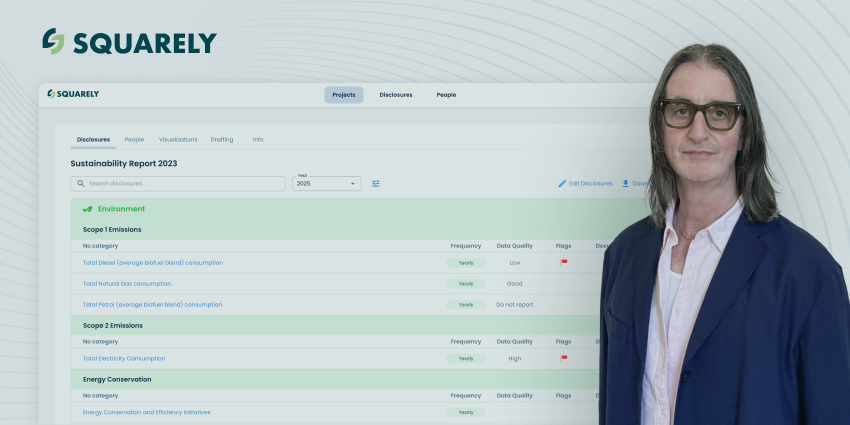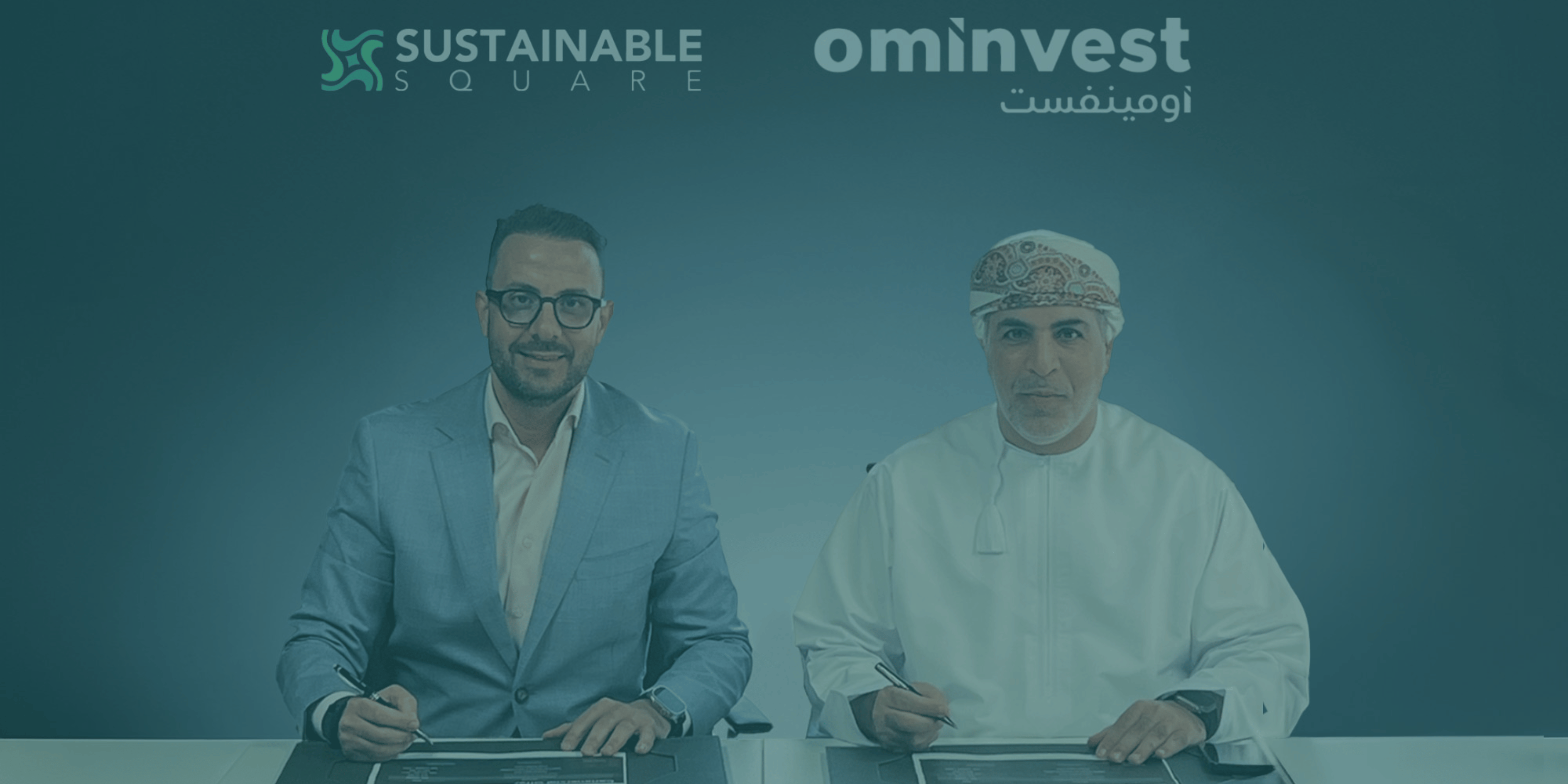From Narrative to Numbers: A Tech Lead's Insight into AI-Driven Data Gathering
Introduction
In today’s data-centric landscape, efficient and user-friendly data collection methods are of paramount importance. In my role as the Head of Technology at Sustainable Square, navigating the maze of ESG data collection has been one of our most pressing challenges.
Traditional systems, with their rigid input formats, can sometimes feel cumbersome for users, potentially complicating processes. Recognizing this, we’ve introduced an innovative approach, embedding artificial intelligence (AI) not just as a supplementary tool but at the very core of our framework. This method has promising implications for various platforms, with ESG reporting being one impactful application.
Beyond Traditional AI Uses
Most corporations have barely scratched the surface when it comes to leveraging AI. Its applications in businesses are often limited to chatbots, data summaries, and narrative generation. However, Sustainable Square has ventured into uncharted territories by embedding AI deeply into the foundation of its data collection platform.
The Power of Unrestricted Input
A significant challenge in traditional data collection systems is the rigidity of input formats. Users are often required to navigate extensive forms and provide data in a specific way, which could be time-consuming and cumbersome.
Sustainable Square’s solution? Allow users the freedom of text-based submissions. Instead of confining them to specific fields and checkboxes, users can now communicate their narratives freely.
Harnessing AI for Intelligent Interpretation
Here’s where the transformative power of AI comes to the fore. Sustainable Square’s AI system is adept at interpreting unstructured text, and translating it into a defined and precise structure. By comprehending the content and converting it into an analyzable format, AI eliminates the need for overly intricate data input methods.
Traditional Fields vs. Text-Free Submission: A Comparative Example
Let’s visualise this innovation with the example of an event registration platform for a technology conference.
Scenario 1: Traditional Fixed Fields
Input Fields:
- Name: [Textbox]
- Job: [Dropdown list: Developer, Manager, Analyst, Other]
- Company: [Textbox]
- Session: [Checkbox list: AI, Cloud, IoT, Blockchain]
Resulting Table:
Name Job Company Session
John CTO TechCo AI,Cloud
Scenario 2: Text-Free Submission with AI
Input Field:
Tell us about yourself and your preferences for the conference: [Large Textbox]
User Submission:
“Hi, I’m John from TechCo. I work as a developer and I’m particularly interested in sessions about AI and Cloud.”
Resulting Table:
Name Job Company Session
John CTO TechCo AI,Cloud
This comparative example underscores the flexibility and intuitive nature of the text-free plus AI approach, while still ensuring data integrity and structure.
Simplicity Meets Flexibility
One of the standout advantages of this approach is its simplicity. Not only does it ensure a streamlined user experience by eliminating tedious forms, but it also significantly reduces the database’s complexity. The end result? A platform that’s both user-friendly and technologically robust.
Conclusion
In the dynamic world of technology, it’s not just about harnessing the power of AI, but also about how uniquely you apply it. Sustainable Square’s innovative and “daring” use of AI in data collection and interpretation underscores the boundless potential of the technology. By eliminating the age-old hurdles of rigid data inputs, and combining simplicity with sophistication, the company is setting a new standard for the future of data-driven platforms.




